parking your car going to the store when you get back to your car turn the key and nothing happens. This is a classic symptom of a no-crank, no-start situation. Before you do anything else, you need to figure out what is causing your car not to crank.
what you need to know
To lead you in the right direction of your problem here is a list of to test your problem. but let
understand what is no crank no start.
for the engine to crank the key must turn in the crank position and send the signal to the starter relay. if the starter relay doesn’t receive power, it won’t activate the starter motor so your engine will not turn over.
most mechanics won’t tell you how to do a crank test
what to test first
The very first thing to check is if your battery if the battery is low which can be the cause of a no-crank no start situation. a good battery should have 12.50 to 12.80. in good charge condition.
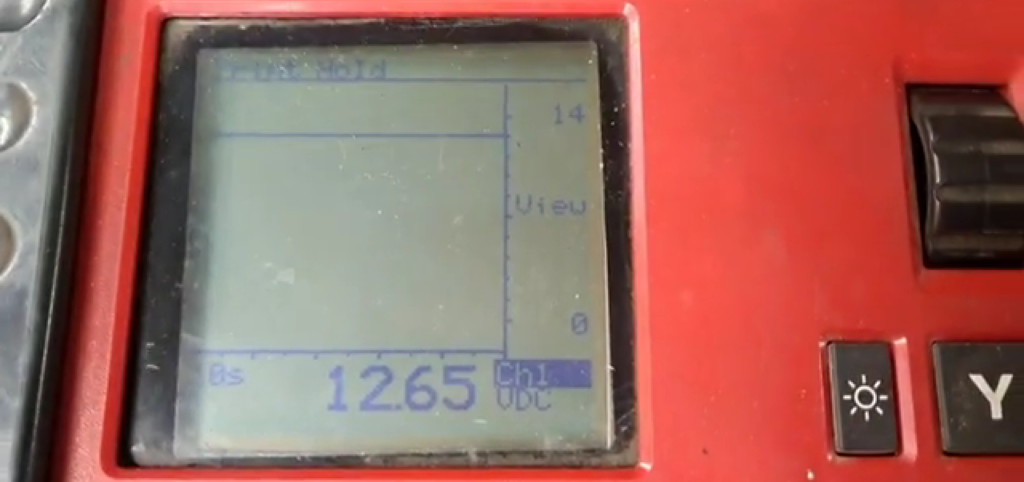
The best way to test this is with a voltmeter.
what to do if you don’t have voltmeter?
turn the key in the on position, then turn the headlights on. If they are dim or don’t come on at all, this indicates that the battery has little or no charge and does not provide enough power to the electrical system to start your car. but this test is not enough to understand what is the problem with your car.
cranking test at the battery with a voltmeter
set the voltmeter to 20 volts and attached the voltmeter to the positive and negative posts on the battery. you need someone to help you because this test needs to be done with the key in the crank position THIS IS VERY IMPORTANT If the reading is 9.5 or below, this indicates that your battery is not providing enough power for the starter motor to engage and crank over. a good battery should hold 10.0 to 11.00 this test is in the crank position
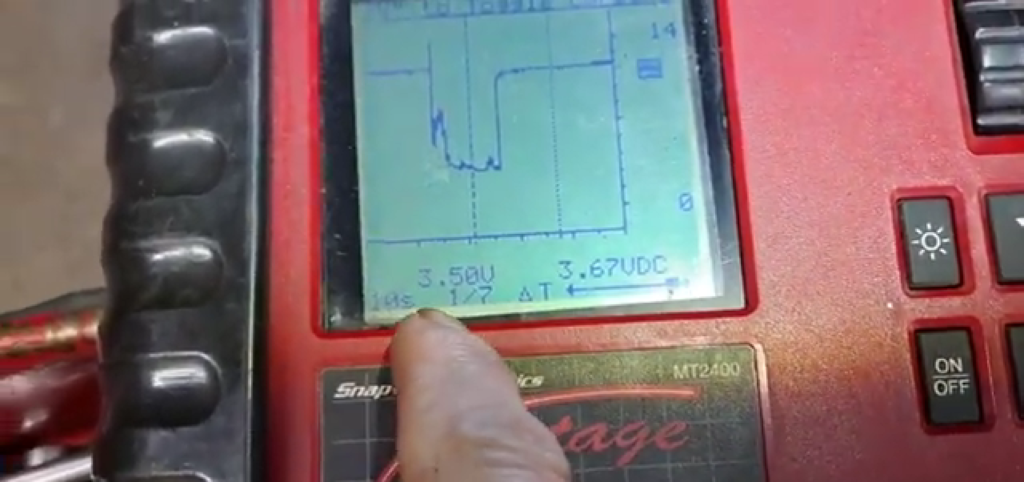
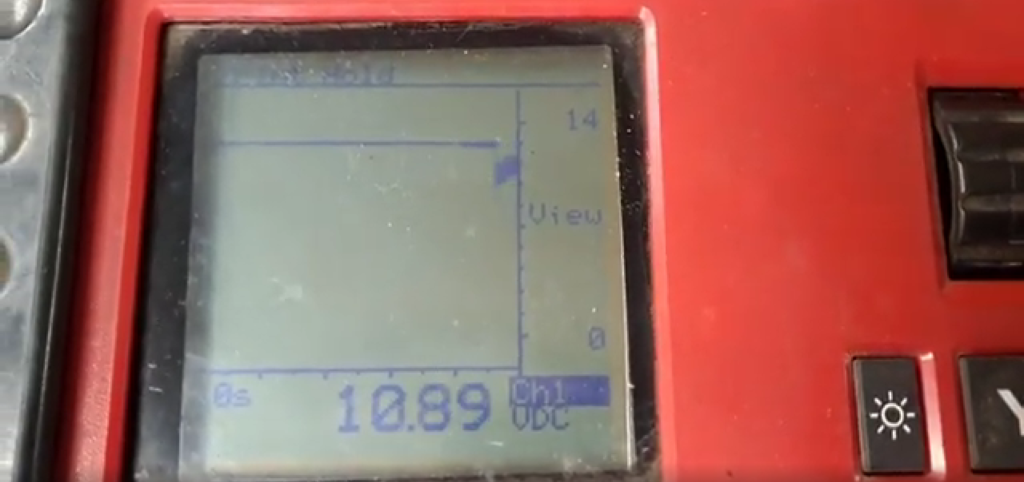
now put the lead on the terminal cable, yes you need two tests at the battery location this is very important and most people skip this test, the reading should be the same as the battery post itself, if it is not the same this indicates a faulty terminal cable connection of the battery.
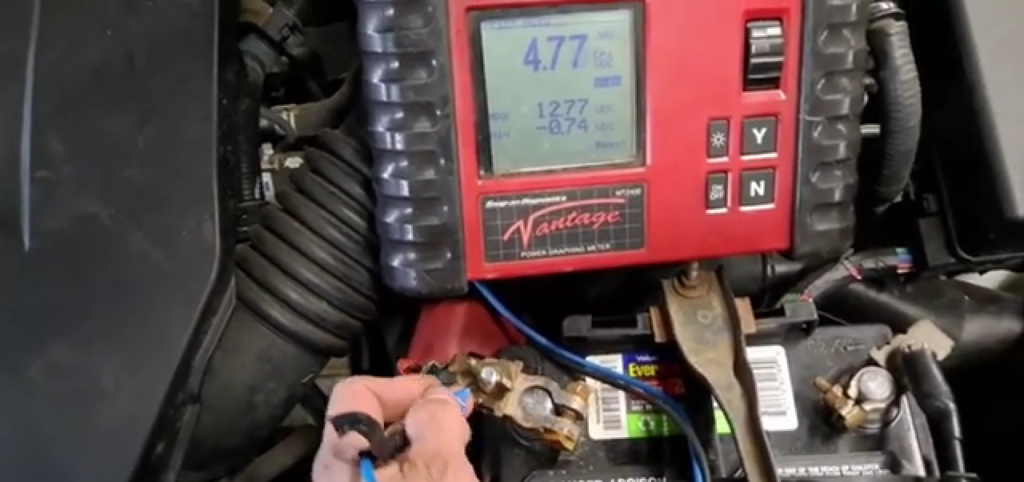
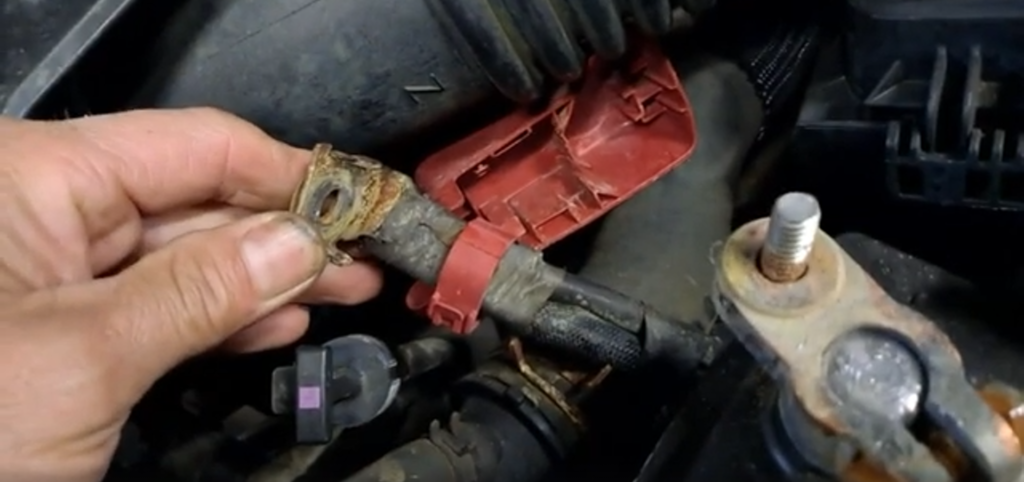
check for corroded terminals
look for any signs of corrosion on the terminals and cables, if there is corrosion present clean it off also check that all connections are tight and secure.
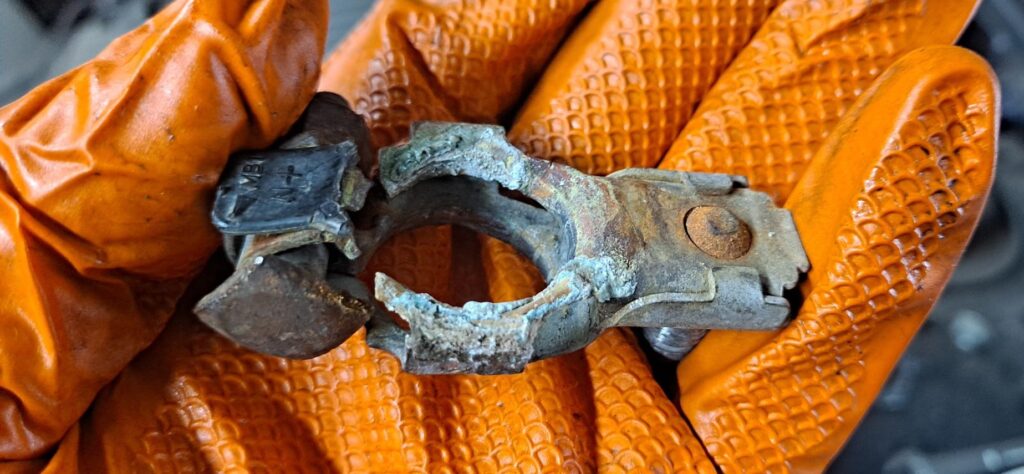
cranking test at the starter motor
The next test depends on your car’s starting system, look for an easy location to do the test can be a fuse or starter relay.
some may be easy to get to the starter motor if this is the case that is the best location to do the next test.
the starter will have to input cable one from the battery with voltages all the time this is fat wire and one from the ignition switch which will have voltages with the key in the crank position only, again do this test with the key in the crank position you should have same voltages when cranking the engine in both wires input.

= (bad starter motor) if one of the readings is 0 volts then this indicates an open in the starter electrical circuit. if the readings are both low then this indicates either a weak battery or poor connections.
cranking test at the engine ground
the next test is to check the ground connection through the engine, this can be tricky and you may need help with this one.
you will need a voltmeter to measure the voltage between the engine block and the positive post on the battery. if there is no voltage present between these two points then you have an open in your engine ground. don’t forget to test in the crank position.
as you can see there are three tests at the starter location, cranking test at the battery, cranking test at the starter motor, and cranking test at the engine ground. all these tests are very important to determine what is wrong with your starter system. it is best to check each step one by one before replacing any parts. make sure you follow the safety precautions when troubleshooting electrical problems.
these tests should help you diagnose any potential issues with your car’s starting system and help you identify the cause of any starting problems. make sure to replace any parts that fail these tests.
no crank good battery no dash light
No power interior lights, dash lights, and radio is not working then there could be an issue with the main fuse box or battery terminal or wire problem
no crank good battery
this can be open in the starter electrical circuit, starter motor failure, bad battery connection
or the ignition switch, the starter relay, or the main fuse.
no crank just click
most of the time is the starter motor, but also can be a bad connection between the battery and the starter motor or corroded battery terminals. It could also be caused by bad ground at the engine or a broken ground cable.
The next step to take is to check for a blown fuse or fusible link. This can usually be found in the main power distribution box under the hood of the car
the battery is completely dead but good when is disconnected
short alternator or starter
The alternator and starter are both important components of a car’s electrical system. If the battery is completely dead, but good when disconnected, then this could be an indication that either the alternator or starter it shorted and needs to be replaced. An issue with either part can hurt the other; for example, if the alternator is shorted, then it can drain power from the battery, resulting in a decrease in battery charge.
Conclusion
Regular maintenance of your car’s battery is essential for its proper functioning. Taking the time to diagnose any issues with these components can help prevent more serious problems from arising in the future. It’s important to remember that different cars have different starting systems, so make sure you know how yours works and what tests you need to perform. Furthermore, being aware of the various signs and symptoms of a failing starter can help you identify any issues before they become major problems.
If you still cannot identify the issue after trying the above tests, it may be time to take your car to a qualified mechanic for further inspection. Doing so will help ensure that all the connections are tight and secure and that you get the appropriate repairs needed for your car’s starting system.
Summary of steps to take when diagnosing a no crank/no start condition
1. Test the battery and make sure it has enough charge.
2. Check all connections in the starting system to make sure they are secure.
3. Test the starter by inputting cable and ground.
4. If both readings are low, check for weak battery.
Pingback: HOW TO DIAGNOSE AN ENGINE CRANK BUT WON’T START – felivina